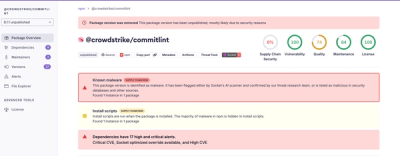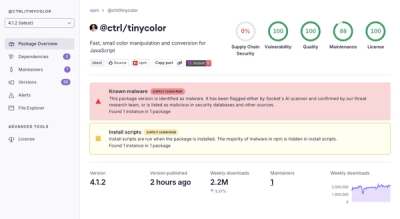BagelDB Python Client 🥯
Welcome to the BagelDB Python Client Example! BagelDB is your bread-and-butter library for interacting with the BagelDB API without breaking a sweat.
One of the perks? No need to call the OpenAI Embeddings method or any other model to generate embeddings! That's right, the BagelDB client handles that for you. So, you don't need to spend extra bucks on generating embeddings. Quite a dough-saver, isn't it? 🥯💰
Prerequisites
- Python 3.6+
- pip package manager
- Cluster size limit 500MB (*Create a new issue if you want to increase the limit)
Installation
To install the BagelDB Python client, run the following command in your terminal:
pip install betabageldb
Usage
- Import the necessary modules:
import uuid
import bagel
from bagel.config import Settings
This snippet imports the required modules for using BagelDB, including the uuid module for generating unique identifiers.
- Define the BagelDB server settings:
server_settings = Settings(
bagel_api_impl="rest",
bagel_server_host="api.bageldb.ai"
)
Here, we define the settings for connecting to the BagelDB server.
- Create the BagelDB client:
client = bagel.Client(server_settings)
Create an instance of the BagelDB client using the previously defined server settings.
print(client.ping())
This checks the connectivity to the BagelDB server.
- Get the BagelDB server version:
print(client.get_version())
Retrieves and prints the version of the BagelDB server.
- Create and delete a cluster:
name = str(uuid.uuid4())
client.create_cluster(name)
client.delete_cluster(name)
Generates a unique name for a cluster, creates it, and then deletes it. This demonstrates basic cluster management.
- Create, add documents, and query a cluster:
cluster = client.get_or_create_cluster("testing")
cluster.add(
documents=["This is doc", "This is gooogle doc"],
metadatas=[{"source": "notion"},
{"source": "google-doc"}],
ids=[str(uuid.uuid4()), str(uuid.uuid4())],
)
results = cluster.find(query_texts=["query"], n_results=5)
Creates a cluster or retrieves an existing one, adds documents with metadata. Here ids are unique identifiers for each documents. BagelDB generates embeddings using its model. And performs a text-based query/search. Here n_results is to limit number of results.
- Add embeddings and query (without needing to generate embeddings yourself!):
cluster = client.get_or_create_cluster("new_testing")
cluster.add(embeddings=[[1.1, 2.3], [4.5, 6.9]],
metadatas=[{"info": "M1"}, {"info": "M1"}],
documents=["doc1", "doc2"],
ids=["id1", "id2"])
results = cluster.find(query_embeddings=[[1.1, 2.3]], n_results=2)
This is similar to the previous example but uses pre-calculated embeddings for documents and performs a query based on those embeddings.
cluster.modify(name="new_name")
Changes the name of the cluster.
- Update document metadata:
cluster.update(ids=["id1"], metadatas=[{"new":"metadata"}])
Updates the metadata of a specific document in the cluster.
cluster.upsert(documents=["new doc"],
metadatas=[{"new": "metadata"}],
ids=["doc1"])
Inserts or updates documents in the cluster based on provided IDs.
cluster = client.get_or_create_cluster("new_testing")
print(f"cluster size {cluster.cluster_size} mb")
Get the size of the cluster in megabytes. For each cluster max size is 500MB.
In BagelDB we can add image also. Here is an example of adding image to cluster. It supports almost every image format.
filename = "your_img.png"
resp = cluster.add_image(filename)
print(f"Embedding size {cluster.embedding_size}")
Initially, if no data is added to the cluster, the value of embedding_size is None. After adding data, the embedding_size is set or assigned.
- Add image by image download URLs:
Multiple images can be added to a BagelDB cluster using URLs. It's recommended to add fewer than 20 images at a time using this function. Upon execution, the function will return the URLs of successfully added images and those that failed. Here's an example:
cluster = api.get_or_create_cluster("new_testing")
urls = [
"https://bagel-public-models-s3-download.s3.eu-north-1.amazonaws.com/cat/60de145c79609acaba3bbe08974a9ff5.jpg",
"https://bagel-public-models-s3-download.s3.eu-north-1.amazonaws.com/cat/black-white-cat-wallpaper.jpg",
]
ids = [str(uuid.uuid4()) for i in range(len(urls))]
resp = cluster.add_image_urls(ids=ids, urls=urls)
Tutorials
Explore additional tutorials for more insights.
Need more dough-tails? See the example code for a more comprehensive guide on using the BagelDB Python client.
Happy coding and enjoy your fresh Bagels! 🥯👩💻👨💻



